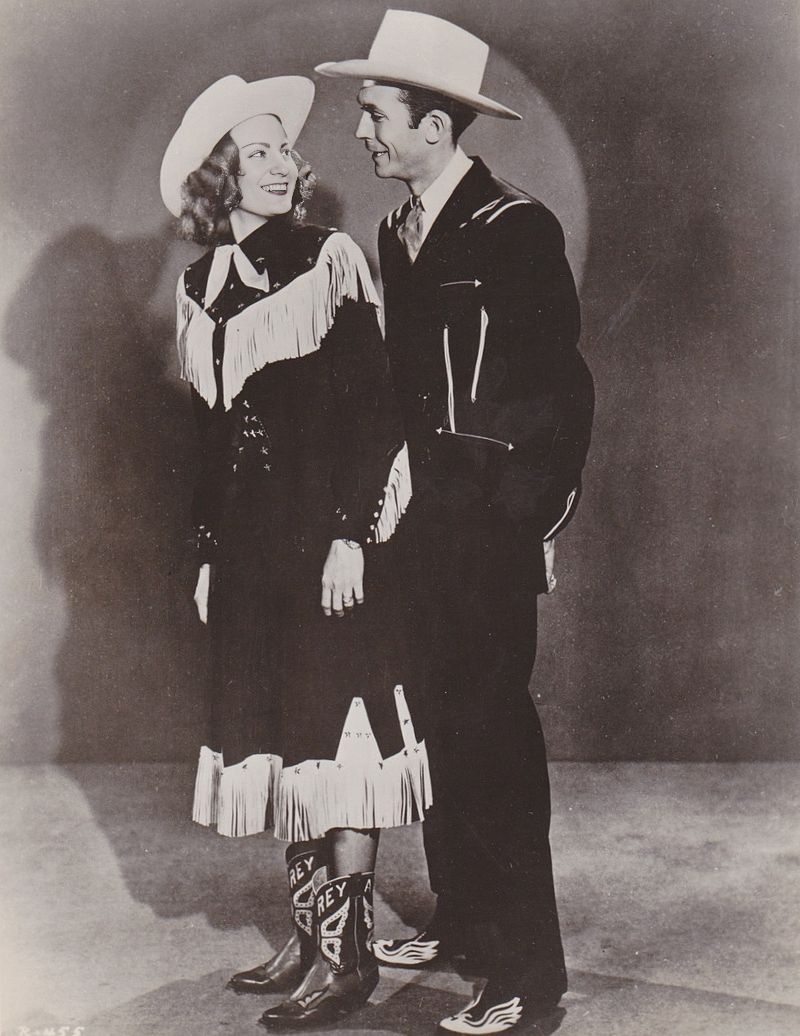
Hank Williams, born Hiram King Williams in 1923, remains an undisputed icon of American country music. A singer, songwriter, and musician of immense talent, Williams distilled the raw emotion and struggles of working-class America into his songs. His short but impactful career, cut short by his tragic death at 29, left an indelible mark on the genre and continues to inspire artists to this day. He’s a member of the Country Music Hall of Fame, the Songwriters Hall of Fame, and the Rock and Roll Hall of Fame, underscoring his profound influence across musical boundaries. Though commercial success during his lifetime fluctuated, many of his singles topped the Billboard country charts, solidifying his position as a leading figure in the burgeoning country scene.
One of his most enduring and emotionally resonant works is “(I’m So Lonesome) I Could Cry.” Released in 1949, this song transcended the typical heartbreak ballad, becoming a poignant meditation on loneliness and profound sadness. Williams didn’t just sing about sadness; he embodied it. The song utilizes vivid imagery, comparing his pain to the sounds of nature – the whippoorwill’s mournful cry, the midnight train’s haunting whistle – to amplify the depth of his desolation.
“(I’m So Lonesome) I Could Cry” resonated deeply with audiences upon its release and continues to do so today. Listeners identified with the raw vulnerability and honest portrayal of heartbreak. It wasn’t just a song; it was an anthem for the lonely and the heartbroken. While it didn’t initially reach the very top of the charts, its enduring popularity and influence have cemented its place as a country music classic. Critics and fans alike have consistently praised the song for its evocative lyrics, haunting melody, and Williams’ unparalleled ability to convey deep emotion through his voice. Its impact is evident in the numerous covers recorded by artists across various genres, further solidifying its status as a timeless masterpiece of American music.